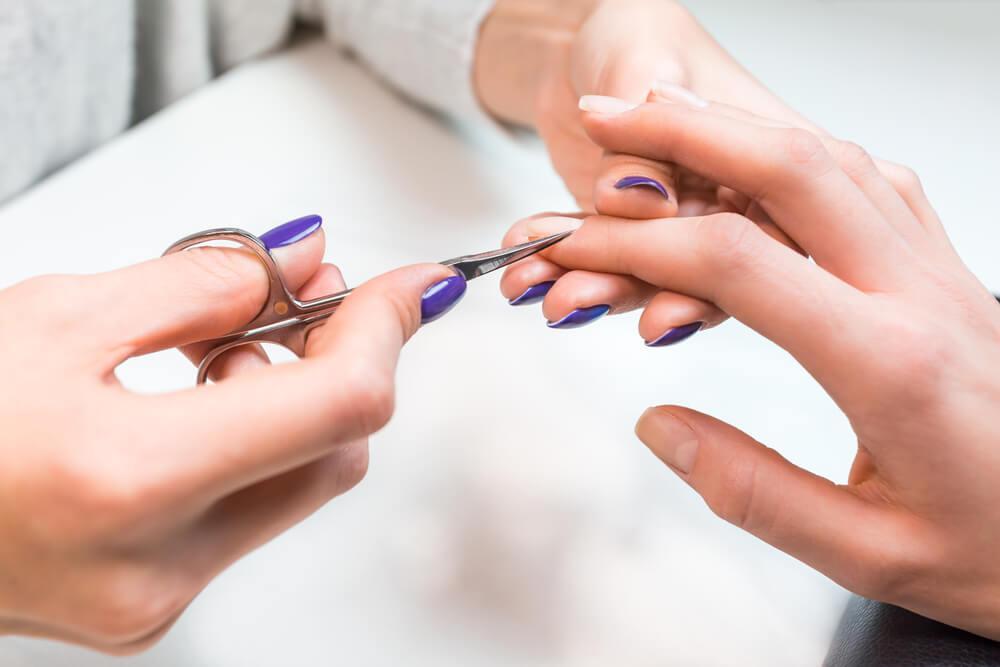
You can make and showcase art just about anywhere. The world is our canvas—wall murals, statues, and even the smallest canvas just within our reach, our nails!
If you’re a fan of nail art, we’re sure you’ve spent your weekend afternoons scrolling through your Instagram feed to find one you can try. But as much as you adore having different designs on your nails, you must also take care of them, especially your cuticles! They need to take a break.
Cuticles are the layer of clear skin at the edge of your fingers and toes that protect your nails as they grow. Like any part of the body, our cuticles need some tender loving care to prevent peeling, drying, and infections. To keep your cuticles healthy, make sure to follow this ultimate guide to cuticle care.
Remove Nail Products Properly
Just like removing your make-up after a long day and doing your skincare routine, you need to remove products on your nails before taking care of your cuticles. Removing them enables you to see if there are any problems with your nail plate or your cuticles.
Removing Gel Nail Polish or Fake Nails

You need to have the essential items: cotton balls, nail polish remover (like 100% acetone), a 2×2 aluminum foil for each nail, and a nail buffer. A nail buffer is a board made of fine grit that allows a more consistent application of nail polish.
Use a nail buffer to remove the top coating or the shine of the nail polish. Then, soak a cotton ball with acetone to remove the nail polish completely. Dr. Nada Elbuluk recommends applying the soaked cotton ball to your fingertips only, securing it with an aluminum foil, and letting it sit for 10–15 minutes. You can do the same process for acrylic nails, but you have to let the cotton ball and the aluminum foil sit for 45 minutes. Once done, remove the foil and gently scrape the gel polish off with a nail file. Repeat the process if there is any leftover product.
Pushing Cuticles
After you remove the nail polish, soak your hands in warm water mixed with soap to soften the skin and cuticles. After a few minutes, dry your hands with a clean towel. Once softened, apply cuticle remover to your nails and apply a moisturizer if your cuticles feel dry. You can use a tool to push back the cuticle to the nail bed.
When handling a cuticle pusher, make sure you keep a light but firm grip on it. Then, place it against the eponychium just above the cuticle and gently press against it. The eponychium is the thickened layer of skin surrounding the nails.
As you press, the eponychium will slide back, exposing the cuticles. Repeat the process on other nails. If you are using a sharp tool, be sure to dull its edges using a nail file to prevent accidents.
Remove any dead tissue from the nail plate. With the help of a cuticle remover, scrape the dead tissue off using a scraper or a curette. Trim the hangnails, but be careful not to cut all the cuticle.
Use the Right Tools
There are different tools you can use when caring for your cuticles. These are the following:
- Metal cuticle pusher
- Orangewood stick
- Curette
- Cuticle remover
A metal cuticle pusher is simply a tool that is used to push back the cuticles to make your nails appear longer. This tool is usually used in pedicures, and there are different types of metal cuticle pusher sold in cosmetic stores or drugstores.
An orangewood stick is a classic manicure tool used for pushing back cuticles. An orangewood stick can also be used for removing dirt and cleaning fingernails. One end of the stick is sharp, and the other end is flat. This tool is generally portable, inexpensive, and available anywhere.
Professional manicurists like Laura Berkovitz of Lauren B. Beauty recommend an orangewood stick in pushing back the cuticles. She also suggested that you can wrap the stick with cotton for extra comfort while pushing the cuticle lightly. You may also opt for plastic cuticle pushers that are not as harsh than the metal ones.
A curette is a type of metal cuticle cleaner with a long metal stainless steel rod and a small spoon at the end. It is used to clean fingernails and toenails and remove cuticles from the nail plate seamlessly. After lifting and loosening the cuticle with a pusher, glide the curette using the spoon end along the cuticle and make a circular or C-shaped motion to detach the cuticle from the surface of the nail plate.
Cuticle removers are used in prepping for a nail service. They work by exfoliating and dissolving the dead skin from the nail. Most cuticle removers have sodium hydroxide or potassium hydroxide and humectants, allowing gentle removal of dead skin in the nail plate. You apply it on your nail and wait for around 5–10 minutes to soften the cuticles so that you don’t have to apply too much force to remove them.
However, others argue that cuticle removers are unnecessary. They may soften the nail plate and remove too much of the cuticle. You may also be at risk of getting paronychia, an infection that causes swelling of the eponychium. Other symptoms include pus-filled blisters, changes in nail shape, color, and texture, and nail detachment. You may also get Candida infections if not handled correctly.
Removal Accidents
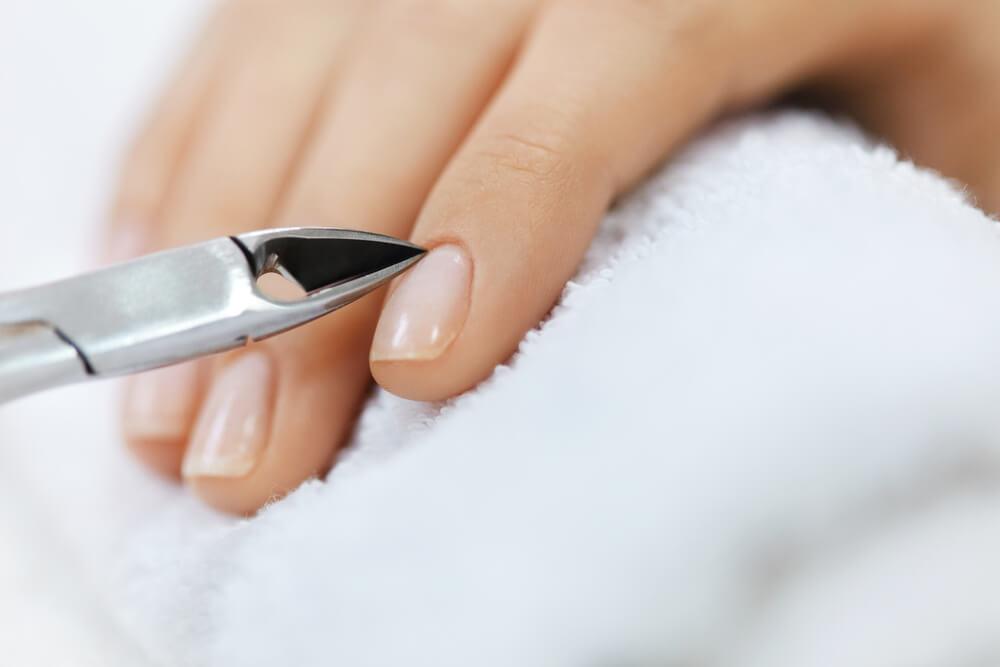
The tools mentioned above are effective in cuticle care. However, you have to know how each item should be used and be careful when you’re using them. In case of cutting accidents, whether you are doing it on your own or someone is doing it for you, stop the service immediately to prevent getting an infection. The materials used should be thoroughly washed and sanitized before using it again.
Wash your hands or feet immediately and cover the affected area with a band-aid to protect the wound from further exposure. Don’t work on the wounded finger until it has been completely healed. You may also consult with a doctor if you have any worries.
Is Cutting Your Cuticles Safe?
There are different arguments regarding this issue. Some experts strongly advised not to cut your cuticles because it will be easier for germs and bacteria to get inside the nails and cause an infection. However, some nail salons continue to cut cuticles. They claim that cutting cuticles helps the polish to glide smoothly and last longer. But when you’re at a nail salon, request them to push back the cuticle and cut the loose skin and hangnails instead, to be safe.
Nonetheless, some say that it is safe to cut your cuticles if you know where you should be cutting. Since the cuticle is dead tissue, it can be safely cut or filed off. Doing so will make that area of your nails look healthy and improve nail polish adhesion.
Jin Soo Choi recommended some techniques in cutting cuticles. She doesn’t recommend cutting your cuticles all the way because it can peel off and cause pain. Trim the sides if you have thin cuticles. But for those who have thick cuticles, cut some off, leaving a thin line of the cuticle. This ensures you are still protected against infections.
Don’t Pick or Bite
If you have a habit of biting or picking excess skin around your nails, you better get rid of it. When you do this, you’re getting germs and bacteria between your mouth and hands. It may further irritate your skin around the nail bed, leading to an infection. Also, tearing any excess from your nail may cause greater injury, such as a big, painful tear along your cuticle or around the nails.
Take a Break
Cuticles and nails are part of our body, and they also need to rest from all the chemicals that they get. Dr. Elbuluk advises you take a break from nail polish for at least a week to prevent your nails and cuticles from being damaged. Along with a balanced diet, this step allows your nails to breathe and regenerate to become healthy again. She also recommends applying emollients or creams to keep your cuticles and nails moisturized.
Cuticle Oil Is Your Best Friend
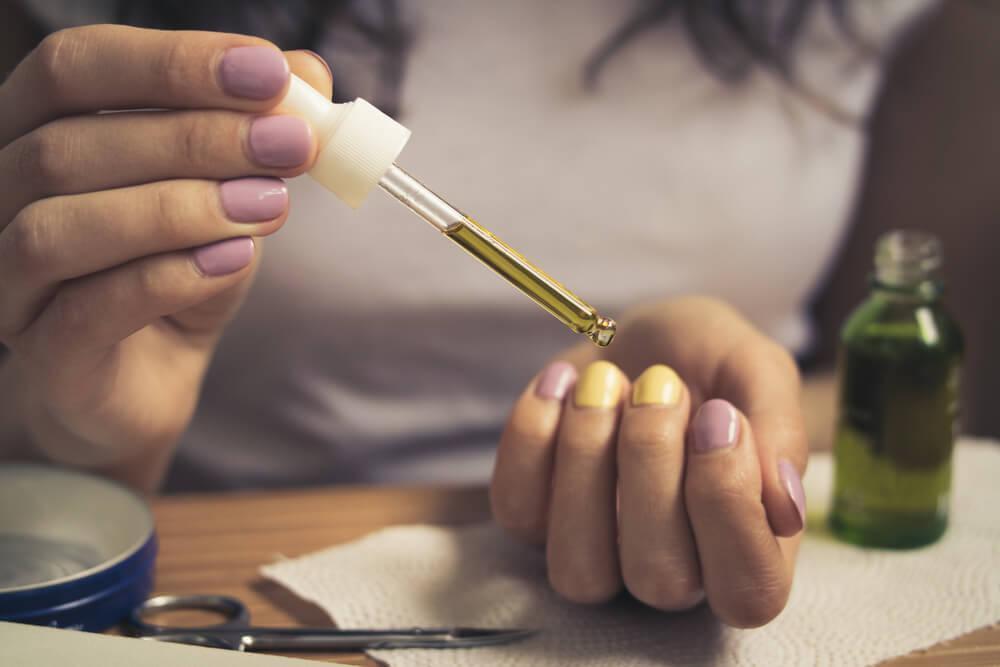
One of the most recommended emollients used by nail salons for cuticle care is cuticle oil. Cuticle oil is essentially a moisturizer for your nails and cuticles to keep them healthy. It is usually applied using a dropper or a cotton bud, but other products have an applicator for your convenience.
There are different kinds of cuticle oil sold in supermarkets, but you can also create your DIY cuticle oil. The following are the most common alternatives:
- Olive oil
- Almond oils
- Lavender essential oils
- Avocado oil
- Jojoba oil
However, if you need more active ingredients that nourish and moisturize your cuticles, it’s better to buy products specially made for your cuticles.
Benefits of Cuticle Oil
Cuticle oils are perfect for cuticles exposed to excessive cold, sun, chlorine, and other harsh chemicals. They help restore cuticles to their healthy state. Applying cuticle oil can also increase circulation around your nails to stimulate nail growth.
When nails get long, the sides tend to bend inward, and this usually happens when the nails are thin and weak. Horsetail oil found in cuticle oils is high in silica and folate. These two promote collagen production, thickening and strengthening the nails.
Cuticle oils are also beneficial for your manicure! How?
They make your nail polish last longer when the gel starts to grow away from the base of your nails!

Since cuticle oils are a combination of essential oils, they contain anti-inflammatory and anti-microbial minerals to prevent infection. Essential oils are not only microbe-killers, but they also leave a pleasant scent on your hands.
Most experts recommend adding a few drops of cuticle oil on your nails as part of your night routine. Nighttime is the ideal time to apply cuticle oil because it’s when our body regenerates, thus, hydrating, nourishing, and protecting our nails.
Do You Need Both Hand Cream and Cuticle Oil?
Hand and nail experts will say that you need both hand cream and cuticle oil. Cuticle oils have smaller molecules than hand creams, so the product seeps through the deep layers of the nail. Hand creams moisturize and relieve dryness while cuticle oil nourishes and protects nails and cuticles from any damage.
For the most effective cuticle oil, look for one that contains jojoba and avocado.
Jojoba oil is a botanical extract closest to the sebum we produce. It is extracted from the jojoba plant’s seeds, which is rich in essential and non-essential fatty acids. They have the smallest molecules that can deeply penetrate our skin, making the absorption process easy.
There’s more to jojoba oil!
It also helps strengthen our nails and stimulate faster nail growth. Besides these benefits, jojoba oil has natural antioxidant and antifungal properties that treat nail fungus like athlete’s foot.
On the other hand, avocado oil also brings a lot of wonders to our body, especially to our nails and cuticles. Avocado oil contains potassium that boosts keratin content on our nails to strengthen them. It is also rich in vitamin E that gives the nails a natural and healthy shine while encouraging nail growth. Avocado oil also softens cuticles, so say goodbye dry and cracked cuticles!
Other Emollients and Moisturizers
There are other options to treat damaged cuticles and nails. Cuticle cream is one excellent option for dry cuticles. Look for cuticle creams rich in vitamin A, C, E and natural oils like almond and sunflower oil.
Coconut oil is a home treatment option for those who don’t want to spend too much money on beauty products. Coconut oil is known for its various benefits, and its saturated fats help soothe and strengthen the nail beds. Massage your nails with coconut oil using a soft brush.
Final Thoughts
That’s it! Remember: your cuticles are just as important as any other part of your body. Whether you’re doing it at home or you’re in a nail spa, these simple steps to take care of them ensure that your nails will always be Instagram-worthy!


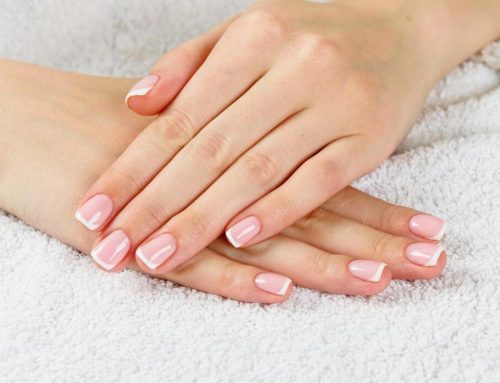
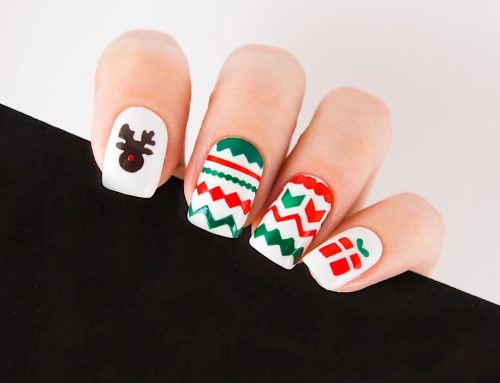
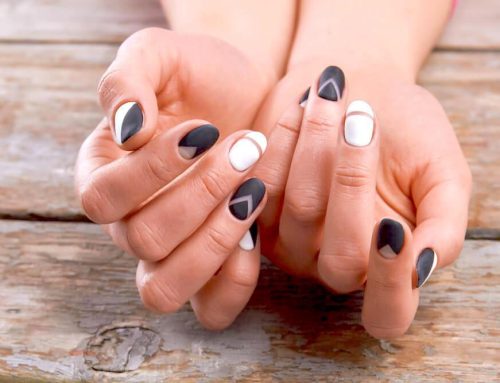
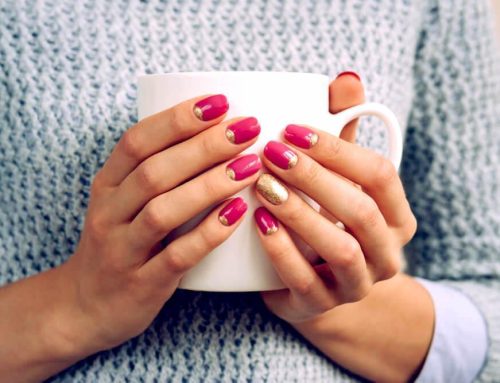
Leave A Comment